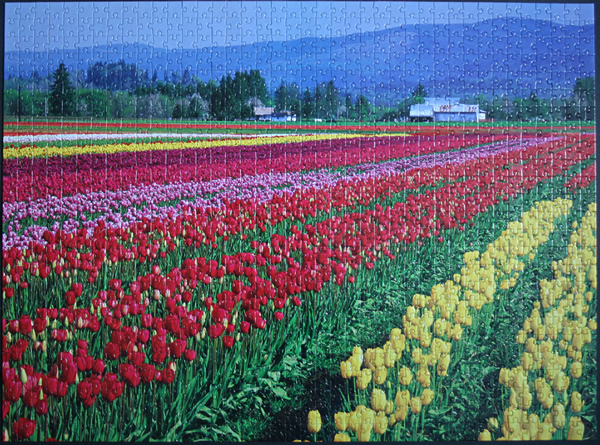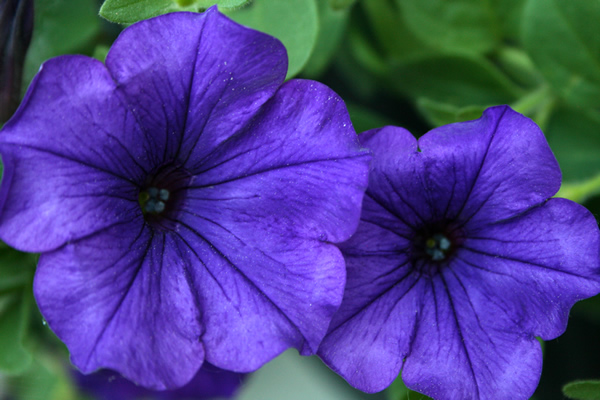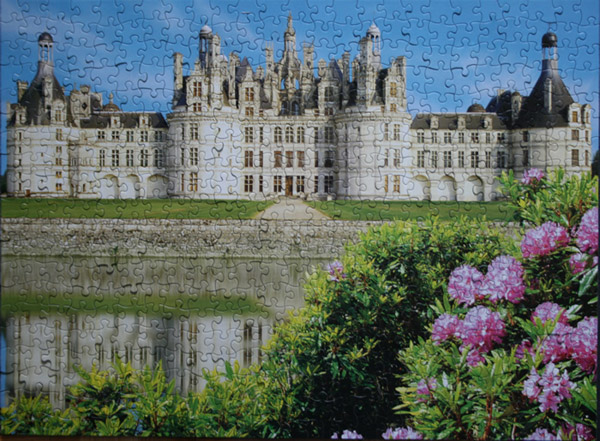
Size: 1000 pieces
Dimensions: 51.12cm x 66.52cm
Producer: Big Ben, MB Puzzles, 2008, #04962-Z11
Notes: Pula is the largest city in Istria County, Croatia, situated at the southern tip of the Istria peninsula. Like the rest of the region, it is known for its mild climate, smooth sea, and unspoiled nature. The city has a long tradition of winemaking, fishing, shipbuilding, and tourism. Pula has also been Istria’s administrative center since ancient Roman times.
The Pula Arena is the name of the amphitheatre located in Pula, Croatia. The Arena is the only remaining Roman amphitheatre to have four side towers and with all three Roman architectural orders entirely preserved. It was constructed in 27 BC – 68 AD and is among the six largest surviving Roman arenas in the World. A rare example among the 200 Roman surviving amphitheatres, it is also the best preserved ancient monument in Croatia.
The amphitheatre remained in use until the 5th century, when emperor Honorius prohibited gladiatorial combats. It was not until 681 that combat between convicts, particularly those sentenced to death, and wild animals was forbidden. In the Middle Ages the interior of the Arena was used for grazing, occasional tournaments by the Knights of Malta and medieval fairs. General Auguste de Marmont, as French governor of the Illyrian Provinces, started the restoration of the arena. This was continued in 1816 by the Ticinese architect Pietro Nobile, commissioned by the emperor Francis I of Austria.
In 1932, it was adapted for theatre productions, military ceremonies and public meetings. In its present state it still seats some 5,000 spectators. [Wiki]

























